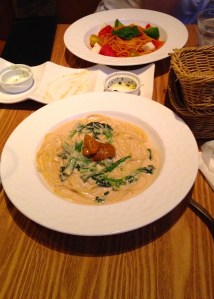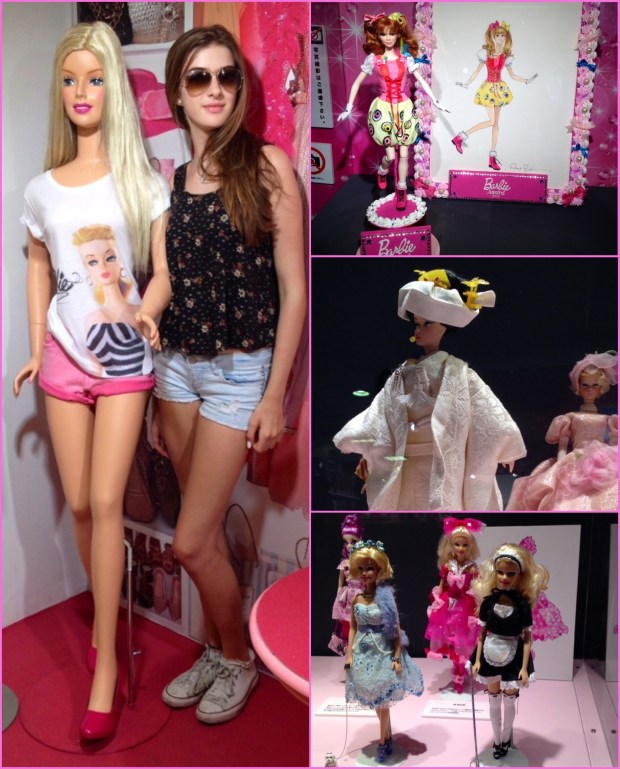I needed another six months in Tokyo at least. There’s so much to see and do, even if you’re not into museums. I AM into museums (not just because they’re air-conditioned but I barely scratched the surface and I was a committed museum-goer whilst I was in Japan. There are many temples and shrines to see ranging from the small neighbourhood shrines to large imperial temples, plus so many other places of interest: a spa/thermal bath amusement park, Tokyo Disneyland, the Sapporo beer factory, Sake-making tour, kimono trying-on events, ikebana (flower arranging) classes, tea ceremony, Kabuki, the Robot Dinner Theatre, Panasonic Centre, the Tokyo Tower, Roppongi, Asakusa, the Imperial Palace, my old neighbourhoods, Sumida River Tour, not to mention all the local festivals, sumo tournaments, shopping and Obon (festival of the ancestors) which I’ve always wanted to see. My mum was going to come to Tokyo to visit us because she loves Japan (and probably missed the grandchild too). She visited Japan in 1990 when I was living there and we had a fabulous time touring all over the place…though I was exhausted and had to rest when she went home! This time around it wasn’t the best timing as the heat was a big factor–my mum is an intrepid traveller but brutally high temperatures with high humidity isn’t her cup of tea. I can’t imagine it being anyone’s cup of tea though, unless you’re on a beach somewhere.
I really wouldn’t recommend coming to Japan in the summer. Ever. It’s too hot to enjoy so much of what Tokyo and Japan has to offer. I’d come for the cherry blossoms in the spring or for the shichi-go-san festival (3-5-7) in the fall which is when girls (age 3 and 7) and boys (age 5) go to the shrines in full kimono for a ceremony…cutest thing ever! The weather is decent in both the spring and the fall and at least you can go outside without perishing from heat exhaustion!
In the photo, Karis is leaning against the ad for an exhibit I wanted to see but didn’t get time. The Tokyo National Museum is in Ueno Park…I walked past it on my way to the National Museum of Western Art but even I have my limits. Can’t do two large museums in one day. Smaller ones (like the Bridgestone, L’Orangerie in Paris) yes, but most of the museums in Ueno Park are huge and deserve at least a day to themselves. Not that you’d be staying at the museum for the whole day, but it certainly takes a dedicated art lover with a pliable mind to take in two large museum’s worth of art in one day 😉









